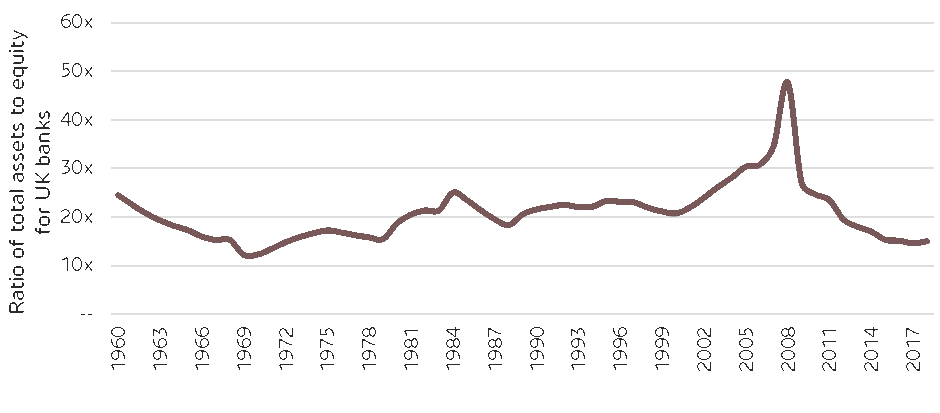
Distressed Opportunities in European Real Estate

Distressed Opportunities in European Real Estate
Across Europe and the US, real estate markets are strained today to a degree that we have not observed since the global financial crisis (GFC). Over the last few quarters, borrowing costs have surged, and liquidity has started to evaporate. If economic fundamentals continue to soften, liquidity problems could turn into full-blown solvency problems, particularly in structurally challenged sectors. According to one forecast, based on current interest rate levels, the average interest coverage ratio for a UK office or industrial property acquired in 2018 will fall below 1x within the next year. 1
These problems will give rise to investable stressed and distressed situations, and this could happen quickly. In comparing today’s circumstances to those present in the GFC, we feel obliged to utter the four most dangerous words in the investment lexicon (“this time is different”, for all our readers who started their careers post-2008). As we describe below, it took half a decade for distressed opportunities to emerge after the global financial crisis. However, the drawn-out distressed cycle that took place 15 years ago was a product of unique circumstances: namely, (1) banks’ weak capital positions combined with (2) falling interest rates. These co-dependent circumstances incentivised weak lenders to accommodate struggling borrowers. Today, the background conditions look entirely different. With interest rates pushing higher and European banks in relatively good financial health, we believe that a meaningful volume of distressed opportunities will materialise within the next 18 months.
A brief history of real estate distress after the global financial crisis
European banks entered the GFC with extremely precarious capital positions. For one, they were highly leveraged. As Figure 1 shows, the ratio of total assets to equity for UK banks reached 48 by 2008, roughly double the ratio’s long-run historical average. At the same time, banks had accumulated significant exposures to risky assets during the preceding decade. These included relatively low-quality, high-LTV property loans. While banks originated more than £80 billion in UK commercial real estate loans in 2007, up from about £20 billion in 2000, 2 the average maximum LTV of a senior loan on a prime office asset stood at 83% in 2005. 3 Residential loans in the UK were less overcollateralised still, with LTVs of 90% on average. 4 Ultimately, on the eve of the crisis, banks had almost no cushion to absorb losses, either in the form of meaningful overcollateralisation or core capital.
FIGURE 1. UK BANKS WERE HIGHLY LEVERAGED AS THEY ENTERED THE GFC 5

